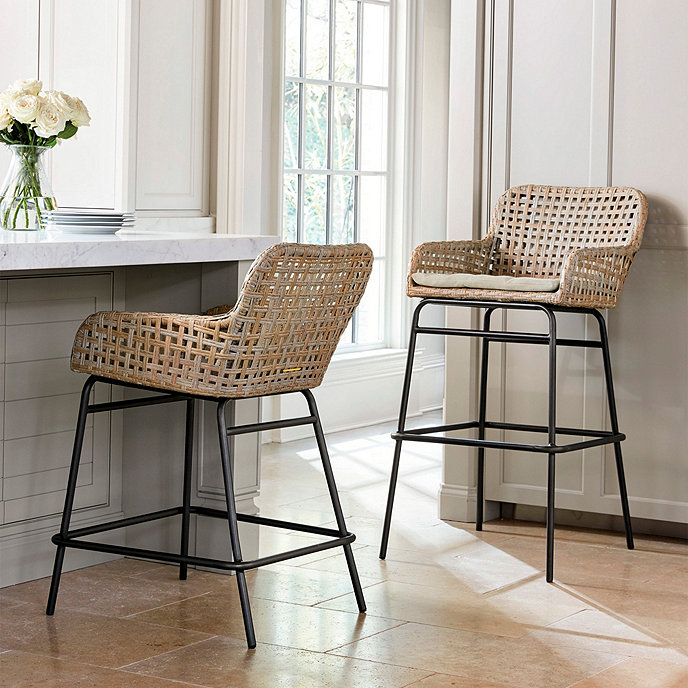Global Seido 7-Piece Stainless Steel Knife & Maple Block Set
This set is simply the best knives I’ve ever used in my life. No doubt, i would suggest as a gift for your own use or for a friend/family member.
These are the best knives I have ever had! Comfortable to hold and work with. Anthony Bourdain said in Kitchen Confidential that the Global G2 is the best all around knife and he was right! Love the block and the fact that it holds all of the essentials! Now I know what to give to my favourite friends and family members for Christmas! 😉






by Jen
I am so happy I got this knife set. They look great in my kitchen but also are such amazing knives. I prefer a lighter knife, these are really comfortable in in my hand. The quality is fantastic and the knives are very sharp, all my food prep is so easy. Highly recommend Global knives and this set has all the sizes needed for all kinds of cooking prep.
by Chris
global is the brand I enjoy using the most, lightweight, easy to clean – and stylish looking.